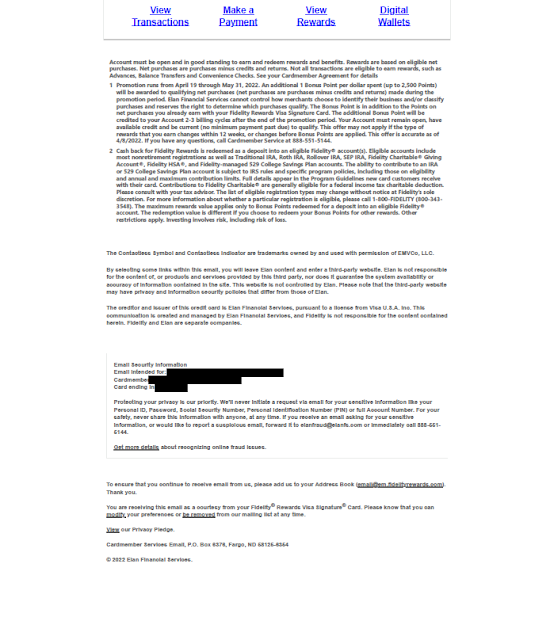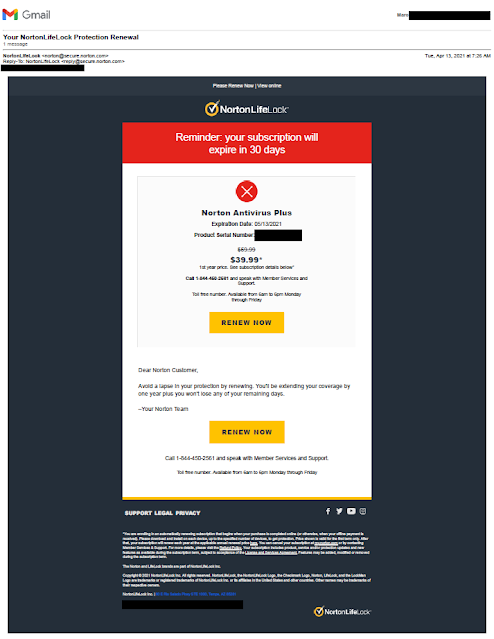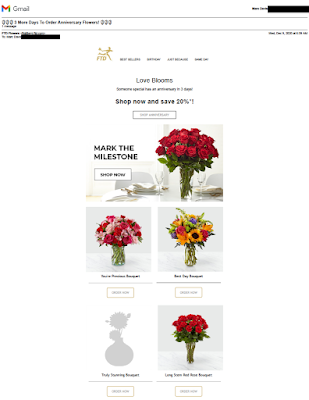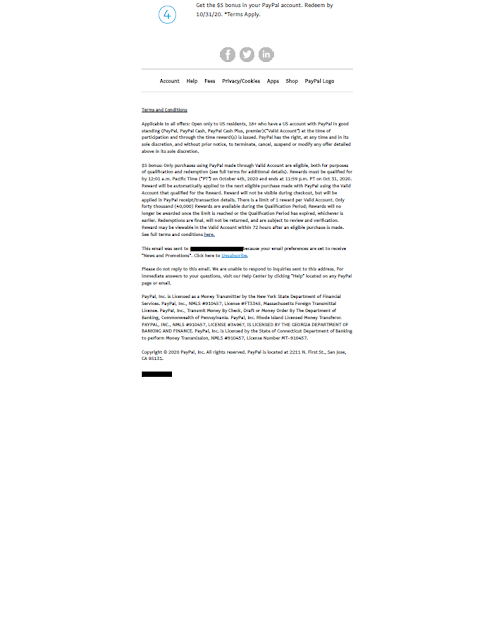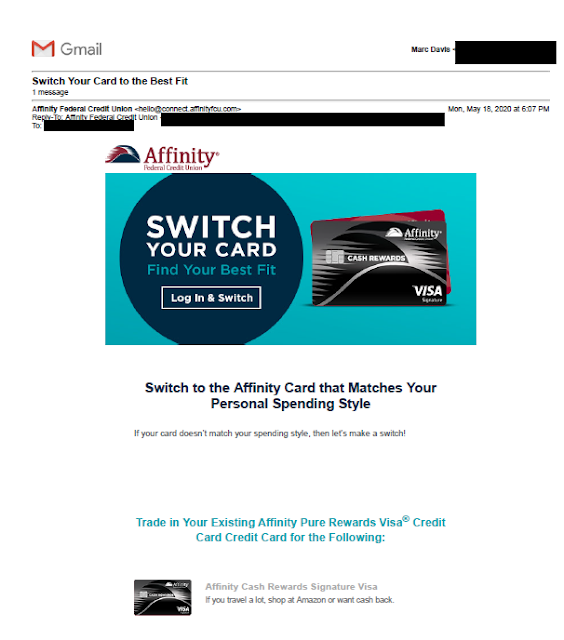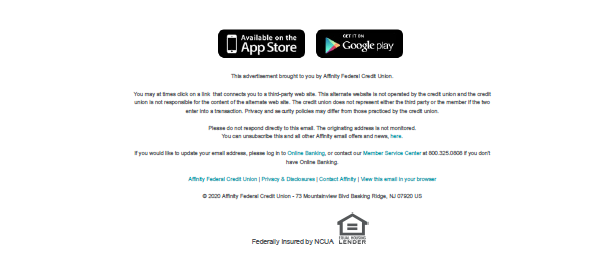How do we define "Direct Marketing?" Let's look at the definition from Investopia:
Direct marketing consists of any marketing that relies on direct communication or distribution to individual consumers, rather than through a third party such as mass media. Mail, email, social media, and texting campaigns are among the delivery systems used. It is called direct marketing because it generally eliminates the middleman, such as advertising media.
Put it simply, direct marketing is any direct customer communication. In that context, my communication with Dunkin Donuts Customer Service merits a Fail for Creative.
Last month, I noticed that, for the first time since COVID hit over a year ago, my favorite Dunkin' was open at 5:00 am. The next morning, I tried to advance-order a cup of joe; however, according to the app, the location did not open until 6:00 am. I spoke with the manager, who explained he had been trying for a week with "headquarters" to get the app updated with the correct hours.
I wrote an email to customerservice@dunkinbrands.com:
Hi,
I am a DD loyalty club member: [redacted]
My favorite DD is [redacted]
I walk my dog at 5:30 am each day. This location is open; however, I cannot place a mobile order because according to your app, it does not open until 6:00 am.
I confirmed this morning with the owner/manager that the location is open on weekdays at 5:00 am.
My request to you is to update the hours on the app so I can place the order ahead of time and grab the order quickly without having my dog wait too long for me.
Thank you,
Marc Davis
It was a friendly email with a minor request to improve my customer experience.
Five days later, I received a reply:
Thank you for taking the time to contact.
I apologize that your store was closed when you placed your On-the-Go order! We can definitely assist with getting crediting [sic] this transaction for you. Can you please respond with the order number of the transaction that you wish to be credited for? If you have previously sent a screenshot of the order, please respond with the order number from the screenshot, it assists us in locating the transaction faster for you.
We are looking forward to serving you again soon.
Support Center Coordinator
Huh, what?
Dunkin's reply had ignored pretty much everything I wrote. My issue wasn't about an unfilled order, and I wasn't requesting a credit. It was about updating a local store's hours on the app -- and they had ignored that, too. It was as if Eliezer had only scanned my email.
And why did Eliezer misspell my name? I can understand misspelling 'Marc' if I had called Customer Service and provided my name, but they had it in my email. All it would have taken to spell my name correctly was copying & pasting it from the email.
Direct Marketing Association Hall of Fame member Joan Throckmorton once taught me that a person's name is the most important word on a letter. She was right. I hate seeing it misspelled, yet that is what Dunkin' did.
I bit my lip about that last part and responded:
I did not request nor do I see a need for a credit.
My request is for your app to be updated so that I can place an order on your app for [redacted] when it opens at 5:00 am on weekdays.
The reply came the next day.
Thank you for taking the time to contact us about your experience at the Dunkin' restaurant in [redacted]. We are sorry that you had a bad experience and will alert the franchisee and our field operations team immediately to let them know what happened.
We want every restaurant experience to be a great one and would like to have this experience addressed for you as soon as possible. We take guest satisfaction seriously and hope you’ll give Dunkin' another chance.
Thanks again for taking time out of your day to let us know.
Support Center Coordinator
The reply increased my disappointment: Customer Service was blaming the store even though my unpleasant experience wasn't because of franchisee or from field operations; it was because of the corporate app and Eliezer.
The store hours on the app were updated, but I had a bitter taste in my mouth that wasn't from coffee. I guess Dunkin' can bake the donuts, but cannot adequately read customer emails.
The Starbucks on my dog walking route is also open early. Despite memes like this, Starbucks has never misspelled my name. Just sayin', Dunkin'.
Lessons:
- Every customer interaction is marketing. Every direct customer communication is direct marketing.
- When your customers correspond with you, fully read the communication and reply appropriately.
- Always spell the names of your customers correctly.








